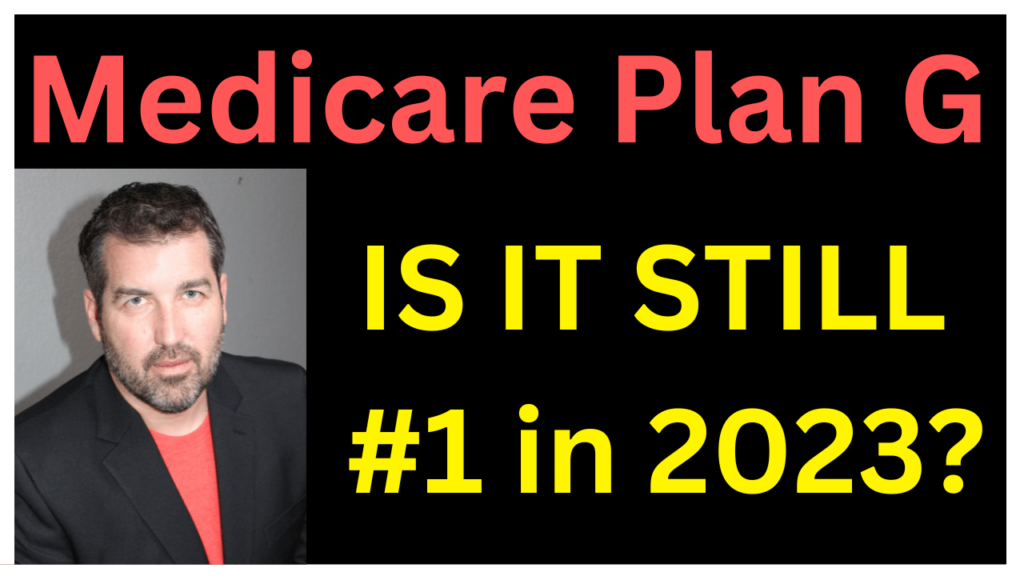Before signing up for Medicare Part B, make sure you are eligible. You generally qualify if you are 65 years old or older and are eligible for Medicare Part A (hospital insurance). You may also qualify if you are under 65 but have certain disabilities or medical conditions.
Choose Your Enrollment Period
There are a few different enrollment periods for Medicare Part B. Choose the one that best suits your situation:
- Initial Enrollment Period (IEP): This is a 7-month period that includes the three months before you turn 65, the month you turn 65, and the three months after you turn 65. If you’re eligible due to disability, your IEP is based on the 25th month of receiving disability benefits.
- General Enrollment Period (GEP): If you missed your IEP, you can enroll during the GEP, which runs from January 1st to March 31st each year. However, your coverage won’t begin until July 1st, and you may have to pay a higher premium.
- Special Enrollment Period (SEP): You can enroll during an SEP if you or your spouse are currently working and have group health plan coverage through the employer. You can sign up for Part B without penalty during an SEP as long as you’re covered by the group health plan.
Gather Required Information
Before you start the application process, make sure you have the following information handy:
- Your Social Security number
- Proof of U.S. citizenship or legal residency
- Employment and health coverage information if you’re eligible for a Special Enrollment Period
Apply for Medicare Part B
There are a few different ways to apply for Medicare Part B:
- Online: Visit the official Social Security Administration (SSA) website and create an account. Follow the instructions to complete your application online.
- In Person: Visit your local Social Security office and complete the necessary paperwork in person. Use the SSA’s office locator tool to find the nearest office.
- By Phone: Call the Social Security Administration at their toll-free number 1-800-772-1213 (TTY: 1-800-325-0778) and speak to a representative who will help you with the application process.
Review and Confirm
After submitting your application, you will receive a confirmation notice. Review the information provided in the notice and make sure all the details are accurate. If there are any errors, contact the Social Security Administration to correct them.
Receive Your Medicare Part B Card
Once your application is approved, you will receive your Medicare Part B card in the mail. Keep this card in a safe place and make sure to show it to your healthcare providers when you receive medical services.
Remember, it’s important to sign up for Medicare Part B during your Initial Enrollment Period to avoid any late enrollment penalties. If you have any doubts or questions about the application process, don’t hesitate to reach out to the Social Security Administration for assistance.
Some people may overlook applying for Medicare Part B due to a variety of reasons, and this can lead to potential penalties if not addressed in a timely manner.
Reasons People Might Overlook Applying for Part B:
- Lack of Awareness: Some individuals might not be fully informed about the different parts of Medicare and the specific enrollment requirements for Part B.
- Automatic Enrollment Misunderstanding: While many people are automatically enrolled in Medicare Part A when they turn 65, Part B requires active enrollment. Some individuals might assume that they will automatically be enrolled in both parts of Medicare.
- Employer-Sponsored Coverage: People who continue working past the age of 65 and have employer-sponsored health insurance might delay enrolling in Part B, thinking they don’t need it yet.
- Retirement Timing: If someone retires after turning 65, they might not realize they need to actively enroll in Medicare Part B within the appropriate enrollment period.
Penalties for Not Applying on Time:
If eligible individuals fail to sign up for Medicare Part B during their Initial Enrollment Period (IEP), they could face a late enrollment penalty. This penalty can result in higher monthly premiums for the entire time they have Medicare Part B coverage. The penalty is calculated based on how many months the individual delayed enrolling in Part B after their IEP ended.
The penalty is typically calculated by adding 10% to the monthly Part B premium for each full 12-month period that the person could have had Part B but didn’t enroll. This higher premium would continue for as long as the individual remains enrolled in Medicare Part B.
It’s important to note that this penalty can be a significant financial burden over time, as it compounds with each passing year. Additionally, the penalty does not apply to everyone. If an individual is eligible for a Special Enrollment Period (SEP), such as having employer-sponsored health insurance and retiring later, they can enroll in Part B without facing a penalty as long as they do so during the SEP.
To avoid these penalties, it’s crucial for individuals to be aware of their enrollment period and to actively sign up for Medicare Part B when they become eligible. Staying informed and understanding the implications of delayed enrollment can help people make the best choices for their healthcare coverage and finances.

